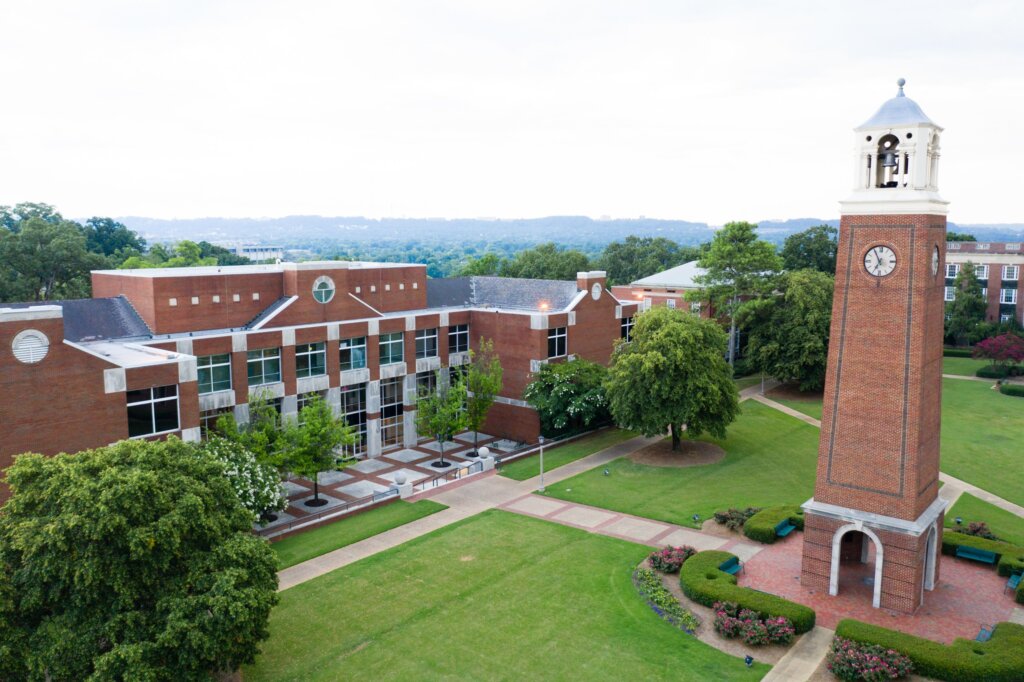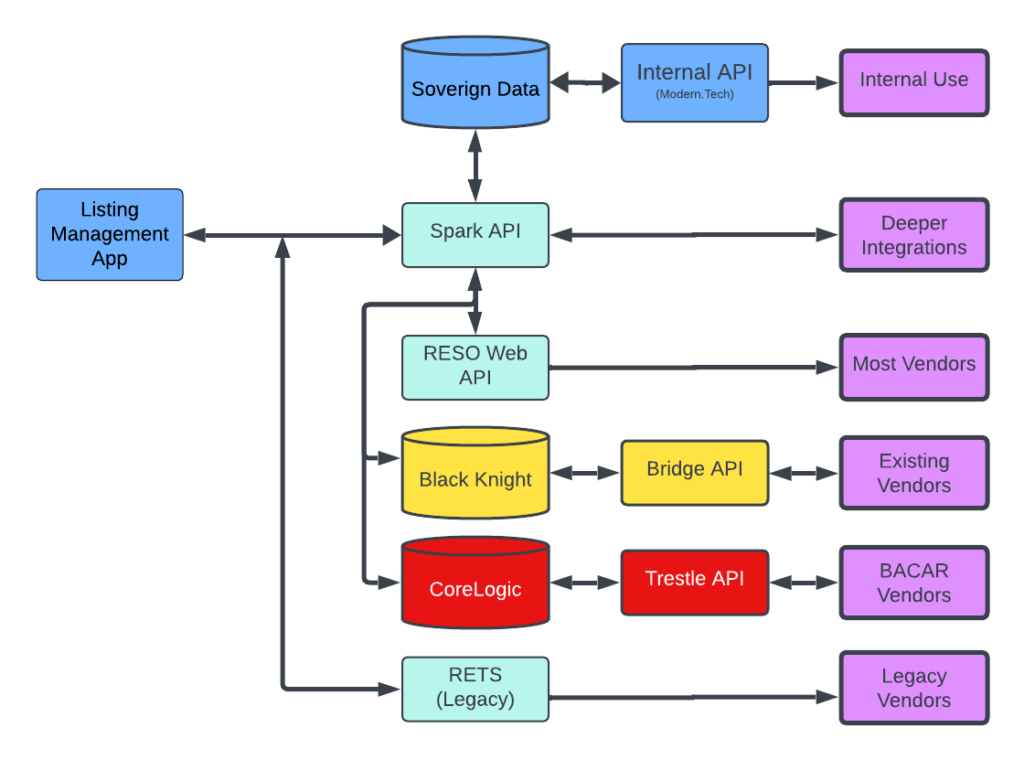This post was inevitable. It is impossible to be a thinking person today without being aware of, and disturbed by, the stark divide in the American polity. This is not new, our Republic has always been deeply divided. Yawning canyons separating Americans into their disparate tribes make the “melting pot” more of a lumpy stew. Their steep walls were carved by centuries of class warfare, hate merchants, disinformation, intentionally divisive populists, and worst of all, apathy from the willfully ignorant masses. While divisions have always existed they have not threatened to explode into the national consciousness, and into the highest offices since the mid-1800s.
Just to be clear, these are my views and no one else’s. Why do I imagine I can, or even should, speak to this situation today? One, because this is my platform and I can say whatever I want to say. Two, I have some credibility I think. I have:
- I lived to reach “level fifty-nine” so I have seen a few things, including a serious cancer diagnosis at forty-seven. The top specialist in the world told me I had less than a 1-in-3 chance of living more than forty months, thirteen years ago. Cancer has been my best teacher by far.
- Graduated from a four-year college with an old-school Liberal Arts Degree in Foreign Policy. That meant I had to become proficient in four subjects, with a dive deep into one of them, plus complete study abroad. The four disciplines were History, Political Science, Economics, and Language, I chose Russian and took six years.
- Been to twenty-four countries and studied for a semester at the London School of Economics including classes in International Law, Political Pressures on the now-former Warsaw Pact, and Trade Policies of the then-new European Union.
- Started six companies in software, hospitality, real estate development, and advertising. Sold two, one for 5X Gross Revenue, closed some, and in the process hired around 170 people, including five new Americans through the H1B Visa Program. These businesses licensed about $200 million in SAAS sales, became national competitors, and are still operating under their original brands.
- Started non-profits to benefit marginalized communities, and served on the Board for others.
- Was Board Chair of a leading K-12 Independent School, and helped fund a $23 million expansion to a new campus.
- Helped found a non-profit focused on four-year-olds through College Admission and Graduation, modeled after the Harlem Children’s Zone in NYC.
- Married to my high school sweetheart, and managed to stay married still, almost 40 years.
- And survived raising two daughters, one is now a Doctor, and the other, a new Mom and a successful media executive.
So those are my qualifications. I also attempt forty books every year, you can see my list to the right of this post in my Goodreads list. Listening to far-left or far-right media is not good, so I try not to do that, which is not hard since it’s so offensive. The American Justice system is messy but I believe it ultimately works, eventually. I think I am a moderate, centrist, normal American, and I find both sides of our political culture to be corrupt and broken.
Both sides.
But I think one side is clearly worse than the other side. If we are comparing broken things, one side is missing some parts, like a doll with her eyes loved off. The other side is more existentially broken, barbed wire caught in a bush hog. Loud, spinning wildly like some medieval torture device, about to wrap hot death around anything that comes too close. America is too close to that hazard.
I believe in America and consider myself a patriot. Having studied the writings of Hamilton, Adams, Madison, Franklin, and Washington carefully, I think I know something about the character exhibited by the Founding Fathers. The writings of De Tocqueville, Samuel Clemens, Wendell Berry, and other great commentators on the American Experience speak to her strengths and her stark weaknesses. America has great promise and worthy critics but, like me, all of these believed in the Aspirational America. The Statue of Liberty America. The New Colossus America.
Emma Lazurus’ poem, The New Colossus, was written to help fundraise the completion of the platform needed to place the new statue at America’s front door. If one believes in the reality of America, as well as her promise, it is necessary to acknowledge those weaknesses if they are ever to be addressed. Mythology surrounds and obscures so much of the actual historical experiences of people in the past and today. We think of these words as quintessentially American but they did not describe policy as it was, but as some wished it was.

Emma was a young Jewish woman who died of cancer only four years later at 38. Her death was not caused by her religion, but it was not easy to be Jewish in NYC in 1883. Waves of immigrants were fleeing pogroms and arriving in New York and Boston in their thousands. The pressure on established Americans, as now, caused conflicts. In addition to just being European, Jews were not welcome in social settings, some schools, and businesses, and Emma wrote in support of those marginalized people.
Emma Lazarus, The New Colossus 1883Give me your tired, your poor,
Your huddled masses yearning to breathe free,
The wretched refuse of your teeming shore.
Send these, the homeless, tempest-tost to me…
Those are beautiful words, a sonnet, and an even more lovely sentiment. In the minds of newcomers, America could well afford to be magnanimous; her gifts manifold and apparently limitless. Compared certainly to the cramped villages and cities in the old country, buffeted as they were by conflict, plagues, hunger, and oppression, America represented salvation. To Jews from Poland, Germany, The Netherlands, and all over Europe, determined to save their families and themselves and find a way to live on, America was a beacon. Survival. As it is still for so many.
But Americans did not believe that at the time, our immigration policy favored not the “tired and the weak”, but rather the “rich and the white”. One of the key pieces of legislation from this era was the Chinese Exclusion Act of 1882, the first significant law restricting immigration into the United States. This Act specifically prohibited all immigration of Chinese laborers, who were often poor and came to the U.S. seeking work, particularly in the West Coast industries and railroads.
Additionally, the Immigration Act of 1882 imposed a head tax of fifty cents on each immigrant and barred certain classes of people from entering the U.S., including “convicts” and “any person unable to take care of him or herself without becoming a public charge.” This latter clause allowed officials to exclude individuals who were likely to require public assistance, which often disproportionately affected the poor.
These policies reflect a period in U.S. history when immigration laws began to tighten in response to economic concerns and cultural fears about the impacts of foreign-born populations on American society. The emphasis was often on protecting American jobs and maintaining social order, rather than on providing opportunities for poor immigrants.
Today, those strife-torn European countries that Emma Lazarus had in mind have elected governments, an established Rule of Law, and stable Civil Societies, meeting that formal definition (yes there is a formal definition). So, Jewish people live and thrive in lands from which their people were once, to use a terrible but accurate phrase for this, cleansed.
Today, immigrants are coming from other countries with newer problems no less brutal in their effects. For the most part, families and young people come across our southern border and quickly assimilate once over. As a rule, they commit fewer crimes than native-born Americans1. See, those are examples of facts, data points, events, and documents that can be verified by independent arbiters interested only in the truth. Objective reality. Unless we are all anesthetized or hallucinating objective reality still exists and can be known by diligently applying the scientific method. I learned that much in my long and still evolving education.
One side of the political spectrum is particularly loud about the immigration issues and the troubling conditions at the border. I wrote a post a while ago about how inhumane it is. I was once a Conservative, I even have my picture with Dick Chaney at some fundraiser back in the day. I went to see W speak in DC another time. Then life happened, we spent years working with homeless people and then operated the Thrift Store for years in a very troubled place. We got to know people who really were trying to live better lives but had so much pulling them down, it was too much for so many. People telling them to “get a job”, lift themselves up by the bootstraps, all that Horatio Alger stuff, it did not apply to a kid who was never taught to read or to value reading, or academic achievement on any level. A kid who was taught they were stupid, an accident, not wanted, disposable. My friends tried to focus only on projects that benefited poor people’s lives—transportation, housing, education, jobs, eyeglasses, dental work, tutors, real-life stuff.
Poor people everywhere have much in common. Constrained resources almost always coexist with conflict and violence, domestic abuse, sexual exploitation, vigilante gangs, corruption, and crime. People fled Eastern Europe for the same reasons and now so are many from failed and failing Central American countries and others from around the world. It’s a problem and we need a solution that lets the neediest and most deserving cases in first. I do not see how we can accomplish that without an orderly process. Today, it’s a deadly Obstacle Course with hazards and integral illegality.
But while it needs fixing, one side of the political spectrum is using White Supremacist tropes to dehumanize these desperate people. Imagine Jesus of Nazareth saying this. Imagine being a Christian and saying this hateful, racist, dangerous thing. The candidate on the Right is a White Supremacist and an ugly bully. He has incited violence, is a felon and a liar, a cheat, and a man I would never leave alone with my daughter or anyone else’s. The worst part, to me, is that good people follow him and excuse his essential rottenness.
So I cannot and do not support every policy of the Democrats, and I do not call myself one, but there is no way I could ever support this hate-filled person.
Again, the worst part is that so many good people have been persuaded by this person that the Ends Justify the Means. Most Trump supporters find many of the things he does deplorable, but just as many explain it away insisting that stacking the Supreme Court was worth it. Or they perceive the economy will do better under Trump. Or they hate being told that behavior aberrant in their belief system is to be tolerated in culture and schools. Or they hate that languages once-foreign are now commonly heard in their small towns and shop signs. But this sentiment is essential to being a conservative, to want to conserve traditional ways of life with their unwritten social rules. And conservatism is not confined to the United States.
Across Europe, far-right and anti-immigrant sentiments have been prominent in political parties and movements such as France’s National Rally (formerly National Front), Germany’s Alternative for Germany (AfD), and the UK’s UK Independence Party (UKIP). Rural French people hate immigrants from North Africa, making tiny French villages less French. The French Right points to Trump’s rhetoric and it empowers them. Rural Hungarian people hate immigrants from The Lavant, making rural Hungarian villages less Hungarian. Trump loves Victor Orban, they have a bromance like Trump and the murderer Putin. He seems attracted to Dictators, which should be more disturbing than it is to his supporters.
In the Americas, particularly in the United States and Canada, similar movements also exist. In the U.S., there have been increasing anti-immigrant sentiments within certain segments of the political spectrum, especially on the far-right. Movements and groups often emphasize strong border control, reducing immigration, and protecting American jobs. They sometimes also express fears about the changing demographics of the country. Notable political figures and organizations have advocated for building walls and other stringent measures to curb immigration.
That’s my ultimate takeaway and thought as I write this. Hate is a thread that runs through Trump’s messages. The angry red color. The scowl. People say that love is a great cord that binds, that it’s easy to love people who love the same things, or people, that you love. But hate is also a strong emotion. If someone you love truly hates someone else, or something else, as a way to show how much you love that person, you hate them too. You hate with them. Trump hates the people coming across the border so much he cannot even acknowledge them as people.
Reference:
- A 2015 study by the American Immigration Council titled “The Criminalization of Immigration in the United States” reports that immigrants are less likely than the native-born to be behind bars and have lower crime rates. This study draws on data from the Census and other sources to analyze incarceration rates by nativity, ethnicity, and gender.
Research by the Cato Institute in 2019 analyzed criminal conviction data in Texas and found that the criminal conviction and arrest rates for immigrants were well below those of native-born Americans. The study also showed that undocumented immigrants had lower conviction rates than native-born Americans and legal immigrants.
A comprehensive study published in the journal Criminology in 2018 led by Michael Light and Ty Miller examined whether increases in the undocumented immigrant population between 1990 and 2014 were associated with violent crime (like homicide) or property crime. The study found no significant effect of increases in undocumented immigration on either type of crime.
The National Academy of Sciences published a report in 2015 which reviewed numerous studies examining the impact of immigration on crime. Their findings consistently showed lower crime rates among immigrants than among native-born Americans.
These studies provide robust evidence against the notion that immigrants increase crime rates in the United States. They instead contribute to a body of research indicating that immigrants are less likely to commit crimes than their native-born counterparts. ↩︎























